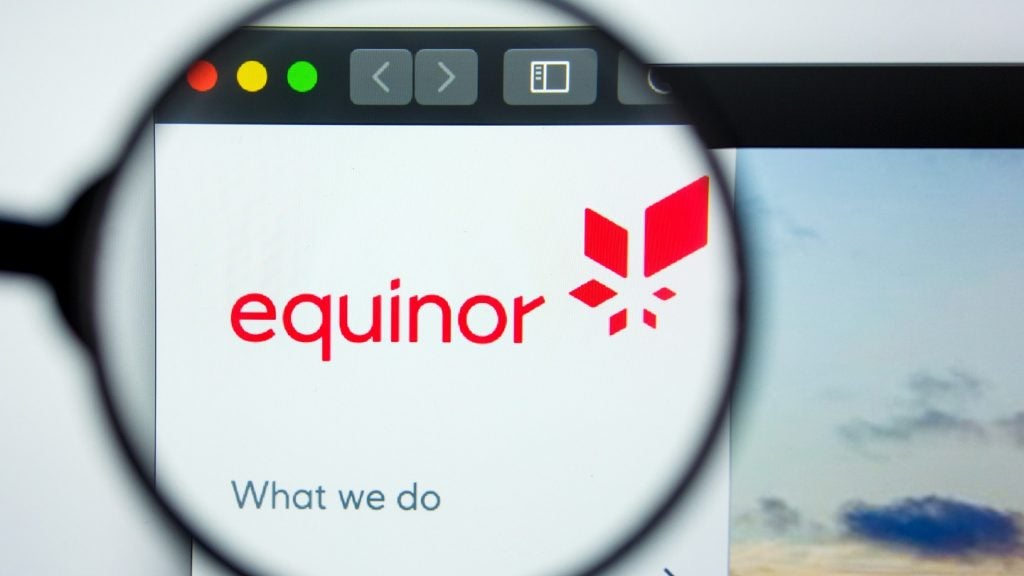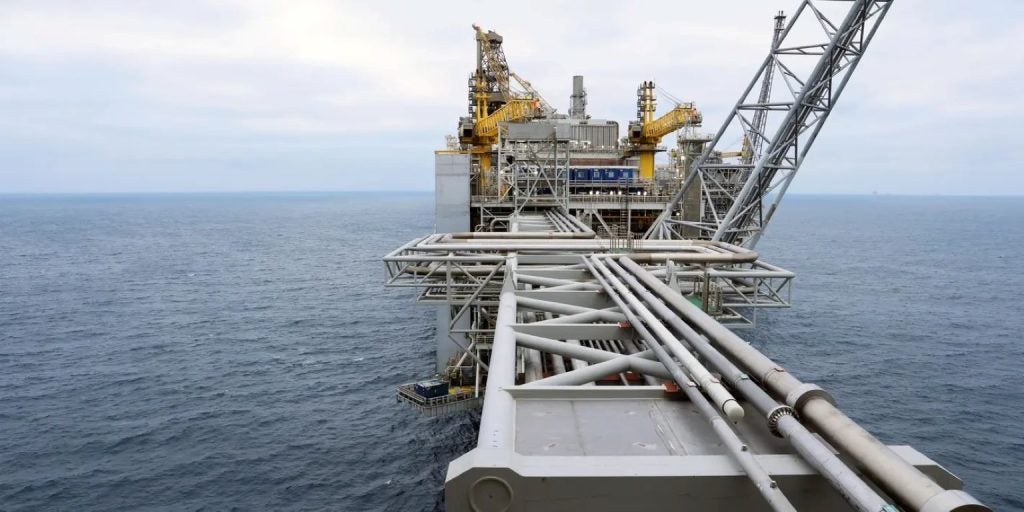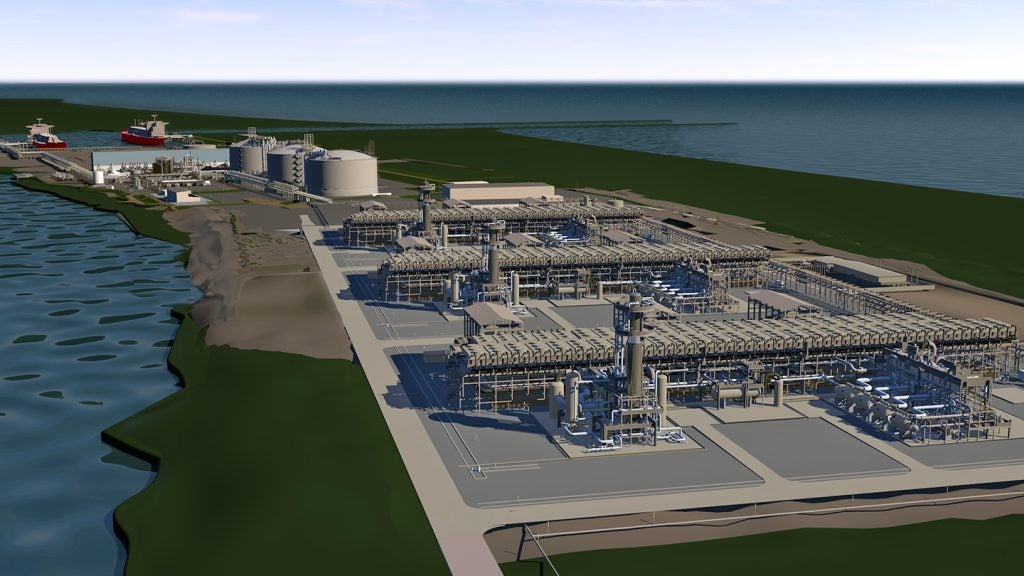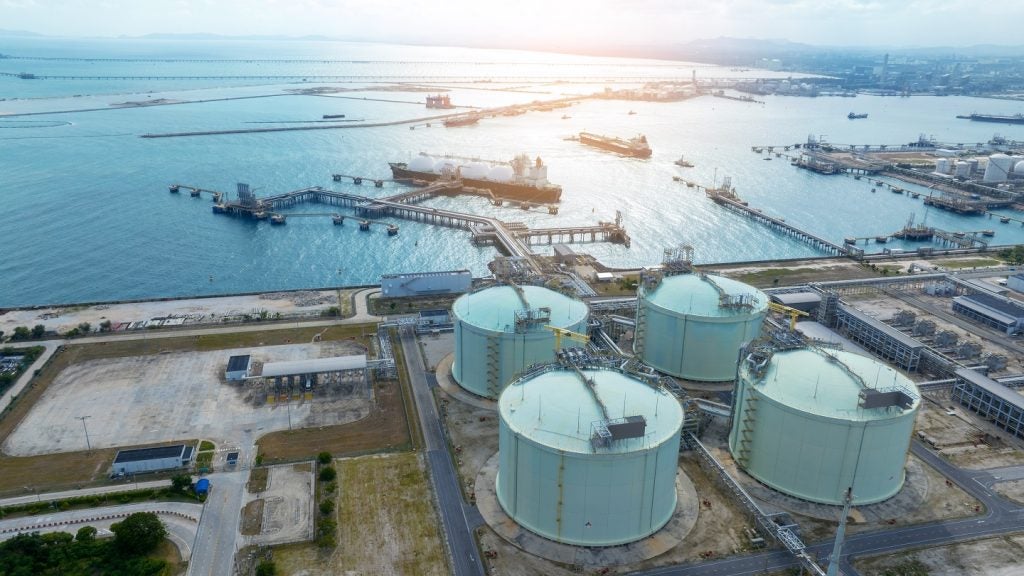
The international trade in natural gas, a growing part of which is now in the form of Liquefied Natural Gas (LNG), is growing quickly. There are two reasons for this. The first is that in the 1990s and early 2000s, industrialised and developing countries commissioned large numbers of gas-fuelled power stations.
Gas was seen as the cleanest, cheapest source of energy available. Only by switching to gas from coal or oil could environmentally aware countries hope to hit the targets of lower carbon dioxide emissions they agreed to under the Kyoto Protocol.
The second reason for the increase in the trade in LNG is the run down of gas reserves close to major consumers. In the USA, Canada and UK, natural gas production has either peaked or is about to peak. This fact has prompted international energy companies to look again at ways of transporting gas from remote production areas to consuming markets.
Their research has lowered what had been the prohibitively expensive process of liquefying gas. Over the past decade, the cost of delivering LNG to market has fallen by 30%.
THE GREENEST FUEL?
See Also:
The ‘dash for gas’ as the greenest fuel was most urgent in the USA and UK, but it was also significant in Japan, Canada and continental Europe. It is not only industrialised economies that have turned their attentions to gas. Developing economies from South Korea to Brazil have also increased their consumption.
How well do you really know your competitors?
Access the most comprehensive Company Profiles on the market, powered by GlobalData. Save hours of research. Gain competitive edge.

Thank you!
Your download email will arrive shortly
Not ready to buy yet? Download a free sample
We are confident about the unique quality of our Company Profiles. However, we want you to make the most beneficial decision for your business, so we offer a free sample that you can download by submitting the below form
By GlobalDataIn Brazil, consumption of natural gas more than doubled between 1999 and 2004 to hit 15.9 billion m³ (bcm). China’s development as the workshop of the world has heightened its appetite for all sorts of energy.
Even though China is not a signatory to the Kyoto Protocol, its consumption of gas has also all but doubled from 21.4bcm in 1999 to 39bcm in 2004.
Ironically, both the USA and UK have seen their natural gas production start to fall just as they need more of it. US production peaked in 2001 at 565bcm and was down to 542bcm by 2004. The USA consumed 646.7bcm of gas in 2004, down on the 2001 record of 669bcm.
Gas consumption in the UK increased from 96.8bcm in 2000 to 98bcm in 2004. In the same period, the country’s production dropped from a peak of 108.4bcm to 95.9bcm.
LIMITED RESERVES
The dangers of this worldwide dash for gas are now becoming apparent. In the decade 1984–1994, the world’s proven reserves of natural gas increased by almost 50% from 96.4 trillion m³ (tcm) to just under 146.3tcm.
Since then, discoveries have tailed off – at the end of 2003, the world’s proven reserves of natural gas were only 179.2tcm. At the end of 2004, they were up by an insignificant 300bcm (equal to what the USA burns in less than six months) at 179.5tcm.
The other problem is where these reserves are.
The countries of the former USSR hold almost a third of the world’s natural gas reserves: 58.5tcm. Russia alone has reserves of 48tcm. Only 15tcm of the world’s natural gas reserves lie in the politically and economically stable members of the organisation for economic cooperation and development.
Beyond Russia, the world’s other significant gas reserves are in and around the Persian Gulf: Iran has 27.5tcm of reserves and Qatar 25.8tcm. By contrast, Saudi Arabia’s gas reserves are not strategically important. They stood at 6.75tcm at the end of 2004.
The world’s other major gas reserves are in the UAE (6.1tcm), Nigeria (5tcm) and Venezuela (4.2tcm).
What is clear from this geographic spread of reserves is that they are distant from their markets. Natural gas pipelines take Russian gas to Western Europe and distribute gas across the USA.
In Western Europe, a network of pipelines distributes gas to users. The North Sea’s gas reserves have probably peaked, and big natural gas users will have to use either Russian gas or import LNG.
IMPORTERS AND EXPORTERS
The big LNG users at the moment are Japan (which imported 76.9bcm
in 2004) and South Korea (which imported just under 30bcm). The USA is already the world’s third biggest importer of LNG. It imported 18.5bcm of LNG in 2004. This is three times the volume it was importing five years before.
In Europe, Russia’s decision to cut off gas to the Ukraine at the beginning of 2006 may well prompt energy ministers to rethink their previous plans to rely on piped gas from Russia.
The alternative to Russian gas is to import LNG from further afield. The start-up investment is large, but having an alternative to Russian gas may be politically and strategically essential.
At the moment, the big providers of LNG are both Asian. Indonesia shipped almost 33.5bcm of LNG in 2004 and Malaysia shipped 27.7bcm. The other big LNG exporters are Algeria and Qatar (25.7bcm and 24bcm, respectively). In the third tier are Trinidad and Tobago (14bcm in exports in 2004), Nigeria (12.6bcm), Australia (12.2bcm) and Oman (9bcm).
GROWTH IN TRADE VOLUME
The trade is likely to grow over the next 20 years as big gas users, notably the USA and UK but also industrialising countries such as Mexico and China, find that they have to import gas from further away.
Mexico is an interesting case. Although it is an oil exporter, it is a significant importer of natural gas. Hitherto, this gas has come from the USA; now that the USA itself is running short of gas, Mexico is looking to import LNG from either South America (it wants Bolivia to sign up to export gas to it) or from Indonesia or Australia.
The growing demand for LNG will mean more LNG tankers will be built and more LNG terminals will be needed. Natural gas liquefies at -260°F. It is a comparatively light liquid, weighing less than half the same volume of water.
The gas has to be liquefied, under heavy pressure, and then transported in specially constructed LNG carriers to another terminal in the consuming country where the gas can be piped to final
users.
In the ships, the LNG is kept liquid by keeping it at a constant pressure. To keep the pressure constant, the LNG carriers have to have some mechanism for allowing the LNG vapour to escape, in the same way that boiling water needs an outlet for steam. The big difference is that LNG’s boiling point is -260°.
EXTRA TERMINALS
More terminals are being planned and built in both Europe and the Americas. The US Energy Information Administration (EIA) believes that LNG, which currently accounts for 1% of the gas the USA uses, will meet at least 3% of the country’s natural gas needs by 2025.
If this is to happen, the USA will have to build more terminals on both its Atlantic and Pacific coasts. Getting planning permission, especially in California, has proved difficult, so US energy companies are starting to build LNG terminals in Mexico and pumping the gas north.
Local environmental lobbies in the USA argue that LNG plants are environmentally dangerous and could become possible terrorist targets. The EIA calculates that US energy companies would have to spend $61bn on building just the US end of the LNG infrastructure needed to meet the likely demand for gas in 2020.
The USA currently has four LNG terminals; it will probably need between seven and nine if LNG is to meet the demand for natural gas.
Where the USA will import such volumes of LNG from is a strategically interesting question. Currently, its main suppliers are Trinidad and Tobago, Qatar and Algeria. In future, South America will supply some more; Peru has just built a pipeline to take gas from its Camisea field to the coast.
The project’s backers are now starting work on building the LNG compression facilities needed to liquefy the gas. Bolivia too has strategically significant reserves of gas, the second biggest in the Americas after Venezuela’s. Trinidad and Tobago is also expanding its LNG operations.
The USA is also looking further afield to Indonesia and Australia, both of which have 2.5tcm of natural gas reserves. It is also interested in the Gulf of Guinea, in West Africa, from where it is already buying more of its oil.







